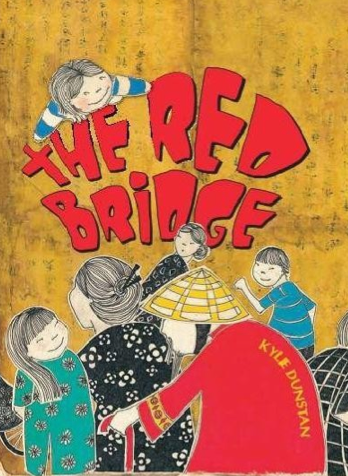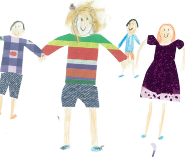 Inspired by a QR Code Treasure Hunt at EduTECH, with the prize a new car (no I did not win even though I spent time hunting for codes) I have created a Book Week – Escape to Everywhere QR Code Treasure Hunt linked to the Children’s Book Council of Australia (CBCA) Shortlist Younger Readers and Picture Book books.
Inspired by a QR Code Treasure Hunt at EduTECH, with the prize a new car (no I did not win even though I spent time hunting for codes) I have created a Book Week – Escape to Everywhere QR Code Treasure Hunt linked to the Children’s Book Council of Australia (CBCA) Shortlist Younger Readers and Picture Book books.
This Treasure Hunt is aimed at Years 3-6 and due to students needing to know a little bit about each book, it would take a few lessons. Students will need a QR Code reader to scan the codes.
To set this task up I suggest the following:
- Introduce/read the CBCA Shortlist Younger Readers and Picture Books
- Print, cut out and stick the QR codes around the library or school (do not cut off the header or question numbers)
- Print out the answer sheets for each student
- Introduce the task, demonstrate how to scan and fill in the answer sheet
- Plan when students can do the Treasure Hunt and for how long it will run
- Have a special box for the answer sheets (one for Younger Readers and one for Picture Books)
- Draw an answer sheet from the box, the first one with the correct answers wins a prize
I would like to thank The PE Geek who’s guide How to make a QR Treasure Hunt provided a step by step guide and link to Classtools.net QR Treasure Hunt Generator which enabled me to create this QR Treasure Hunt.










